WTW: Poland’s Radom P-64 Service Pistol
Bucky Lawson – this article originally ran Wednesday, August 3rd, 2016
With the continuing popularity of Mike’s article on the East German Makarov, I thought a good follow-up would be a look at the outstanding Radom P-64, which served the Polish police and armed forces for two decades at the height of the Cold War.
After Poland was “liberated” by the forces of Uncle Joe Stalin in 1945, the rebuilt military and police forces were equipped with Soviet weaponry. The standard issue sidearm was the 7.62x25mm Tokarev TT-33. By the late 1950s, Moscow was pushing for higher levels of standardization across the armed forces of its fraternal socialist allies, including in the area of small arms ammunition. With the advent of the Makarov earlier in the decade, Soviet satellite nations were “encouraged” to adopt the 9x18mm round for their service pistols. The Poles acquiesced but, unlike other nations, decided to design their own firearm for it.
This shouldn’t be surprising to anyone who pays attention to history. Thanks to their location between the Germans and Russians, and their lack of natural defenses, the Poles have taken a lot of shit over the centuries. That doesn’t mean they liked it, and their current independent spirit is one of the lights of Europe in my opinion. Back in the late ‘50s, a little of that spark showed even when they were stuck under the Soviet boot.
In the late 50’s a team of independent-minded Polish Army officers was tapped to design a new pistol to replace the aging Tokarev. By 1961 they had come up with two prototypes: the Model M, chambered in .380 ACP with a six-plus-one capacity in a single stack mag, and the Model W, chambered in 9x18mm, which was also a single stack but had a seven plus one capacity. The Model W was also longer than the Model M.
Eventually, the shorter Model M frame was chosen but, under pressure from Moscow, it was rechambered for the 9x18mm cartridge. The working designation for the pistol while it was under development was “CZAK,” which is an acronym for the last names of the officers who developed it: W. Czepukajtis, R. Zimny, H. Adamczyk, M. Adamczyk, S. Kaczmarski and J. Pyzel. There’s no “P” in the acronym since Pyzel joined the design team after the name had been assigned. Production was officially begun in 1964, hence the designation, though the P-64 is sometimes still referred to as the “CZAK” pistol.
The firearm itself is often misunderstood. Because of its chambering, the P-64 is sometimes thought to be just another Makarov clone. Other times it’s described as a knockoff of the Walther PPK (I’ve made that mistake myself). In reality, the CZAK team borrowed from the Makarov and Walther PP series to create an original design that holds up very well on its own. The manual I got for mine claims the P-64 is superior to the Browning Hi Power, just as reliable but with lighter recoil and less wear to moving parts. That’s quite a claim and I’ll get to it in a minute.
First, the pistol itself. The P-64 is a simple DA/SA blowback weapon with a fixed barrel. It’s chambered in 9x18mm Makarov and features a six-round single stack mag for a capacity of six plus one. Its all-steel construction makes it rugged and durable, but the milling and blued finish are very nice so it has a cool look to it as well. The sights are a simple notch and blade, with the rear sight technically adjustable for windage, though it requires a hammer and punch to actually do it. The sights are steel, with the front blade milled right into the slide so they are durable as well. Like the Walther, and unlike the Makarov, the P-64 has no external slide release. That lack contributes to deployability due to the increased sleekness, but the pistol must be brought into battery by racking the slide after a reload, so it’s a mixed bag. One feature I really like is the checkered anti-glare strip milled into the top of the slide. That’s a luxury not seen in many service pistols.
The safety is a three-position lever on the left rear of the slide, similar to the Walther PPK. The Makarov has the safety lever in the same place, but, as Mike pointed out in his article, the operation of the Mak safety is the reverse of the Walther and the P-64. When the safety lever is in the “up” position on the Walther and P-64, the pistol is ready to fire. “Down” is safe. The Mak is the exact opposite. The middle position on the P-64 blocks the trigger bar, while the full down position blocks the firing pin and drops the hammer as well. There’s a helpful red dot on the slide under the lever to help the lysdexic among us remember what’s what. Or maybe the Poles wanted to make sure their erstwhile allies could operate the pistol safely, being used to the Mak. There is also a prominent loaded chamber indicator on the back of the slide, which is nice, though obviously no substitute for proper handling.
The P-64 is compact, with an overall length of 6.3 inches, a thickness of 1 inch, and a height of 4.6 inches. If you wanted to carry it in your pocket it would fit, but this ain’t no Ruger LCP. The steel frame and slide give it some heft. The unloaded weight is 21.9 ounces, so a traditional holster is probably the better option.
What I Like About the P-64
First, I’m no tech wizard and I rarely get caught up in numbers and figures, even though I probably should sometimes. For instance, Mike gave us the dope on the 9x18mm cartridge in his piece on the East German Mak. I don’t feel the need to do the same here since I would just copy and paste his stuff anyway, and that’s plagiarism. I will say that the manual claims a muzzle velocity of 1,017 FPS, likely with surplus ammo, but I’ve seen tests with commercial rounds that are more in the mid-900 range. I have no personal data, so decide for yourself.
I’m more into functionality and the inevitable cool factor. From a purely functional standpoint, the P-64 is rock solid. We’ve fed it hundreds of rounds of surplus ammo as well as commercial stuff. All it does is keep firing. Not one FTL or FTF. The accuracy is there as well, though there are drawbacks to the design that affect it, which I will get to. As with any other quality firearm, if you put in the time with it, the P-64 will deliver for you.
I love the all-steel construction. Yeah, it’s a little heavy for its size, but the weight is more satisfying than burdensome. It just feels GOOD. The milling is really nice and has a sleek look that many service pistols lack. As I said before, it has some nice touches like the milled anti-glare strip and steel sights, and mine came with a steel cleaning rod/multi-tool with its own leather sheath. The leather flap holster has a built in slot for an extra mag. The mags are also made of steel with open sides for visual inspection. Very cool and very durable. I also like the Radom symbol milled into the slide. It’s an “11” inside an oval, which you should be able to see in some of the photos, alongside the year the pistol was made, in this case 1973. I love shit like that.
The ammo is inexpensive and easily available. Some domestic companies, like Winchester and Hornady, having taken up production in the last few years. For range work, I like the Red Army Standard or Wolf brands. It’s steel-cased but affordable, going for around 14 to 16 bucks for a box of 50. I’ve been buying the Red Army Standard stuff when I can because it’s a little less expensive and, since it’s made in Ukraine, I feel like I’m helping fund the fight against Uncle Vlad’s recent shenanigans. Plus, the box is cool, with all the glorious commie regalia, as you can see in the photo. It even has red paint around the primers.
Finally, the price of the pistol itself is very good. At one time they were going for around 125 bucks. Those days are over, but they are still a great value at the current price point of around $250. I paid $230 for mine two years ago and I think I got a great deal.
What I Don’t Like About the P-64
First, I don’t care what the manual says; this ain’t no Browning Hi Power. It’s good, even very good, but in my opinion it’s not THAT good. ‘Nuff said.
Second, the factory trigger is both good and bad. In SA mode it’s light and crisp, averaging around 4.5 pounds. The DA just plain sucks. It’s so heavy as to make the pistol damn near impossible to fire in DA mode. I’ve seen estimates that place the DA pull anywhere from 24 to 27 pounds. So, from the factory, it really is unsuitable for a carry weapon. Fortunately, Wolff Springs offers a spring kit for the P-64 for less than twenty bucks that comes with a 22 lb. recoil spring and 18, 19, and 20 lb. hammer springs. It’s an easy fix that brings the DA down to the 14 lb. range and makes the pistol much more enjoyable to shoot. Youtube has videos on how to do the switch. I recommend the one by Sootch00.
Third, the sights are very low-profile and can be difficult in low light. Still, it’s nothing a little paint job won’t fix.
Finally, and this is a personal thing, the short stature of the P-64 makes it a little difficult for someone with large hands like mine (you know what they say about guys like us) to get all three fingers onto the grip without getting bitten by the slide as well. The P-64 doesn’t have much of a beavertail and it has gotten me several times. This aspect alone means that it’ll probably be handed down to my son as soon as he turns 21. It fits him better and he loves it anyway.
Bottom Line
The Radom P-64 is a great little weapon. Extremely well-built, reliable as hell, and tough as your mother-in-law’s meat loaf. The price point offers a good value, but since the pistol is no longer in production, the price may not stay low forever. Like the Makarov, the P-64 is a cool piece of Cold War history. It has a few drawbacks, but they are mostly fixed very easily. While there are obviously better options for a carry weapon, the P-64 isn’t a bad choice for someone on a budget. It does satisfy the basic requirement for such a weapon: if you care for it properly it’ll go bang when you press the trigger, and will continue to do so for a long time.
-Bucky
GEMTECH (@gemtechsilencer) is a member of JTF Awesome. Find ’em on Facebook, /gemtechsilencer/.

This article was brought to ya by GEMTECH and their World Class Silencers. We’d lie to you, but not about this.
If you wish to share or repost, please so kind as to follow our terms and conditions.
Mad Duo, Breach-Bang& CLEAR!
Comms Plan
Primary: Subscribe to the Breach-Bang-Clear newsletter here; you can also support us and find us on Pinterest.
Alternate: Join us on Facebook here or check us out on Instagram here.
Contingency: Exercise your inner perv with us on Tumblr here, follow us on Twitter here or connect on Google + here.
Emergency: Activate firefly, deploy green (or brown) star cluster, get your wank sock out of your ruck and stand by ’til we come get you.
About the Author: William “Bucky” Lawson has had a thing for military history since the sixth grade when he picked up a book about World War I fighter aces. Since then, he has studied warriors from Ancient Greece to the modern day, with a special emphasis on World War II. He’s a member of the Saber & Scroll Historical Society, the Historical Studies Honor Society, the Society for Military History, and the International Honor Society in Social Sciences. He has an unabashed love of the USA, military surplus bolt action rifles, AK-47s, and Walther handguns.
[Grunts: bibliognost; oh, and polrumption…oh hell, and incabination too.

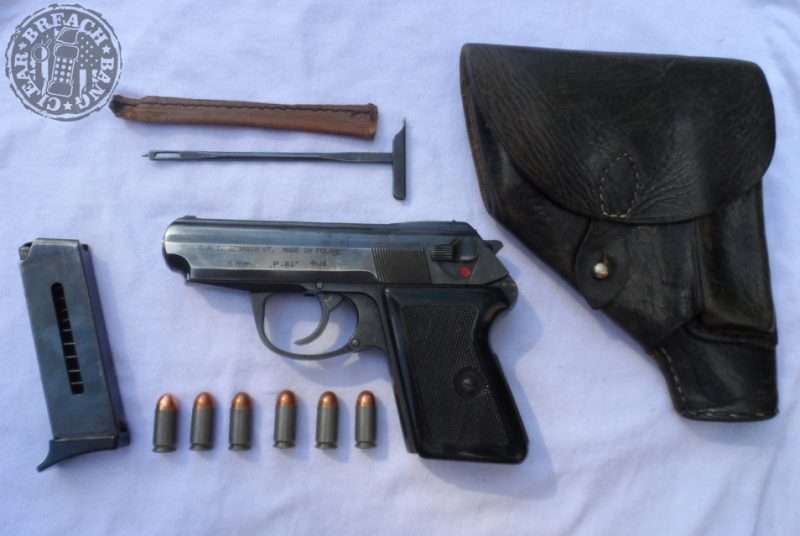

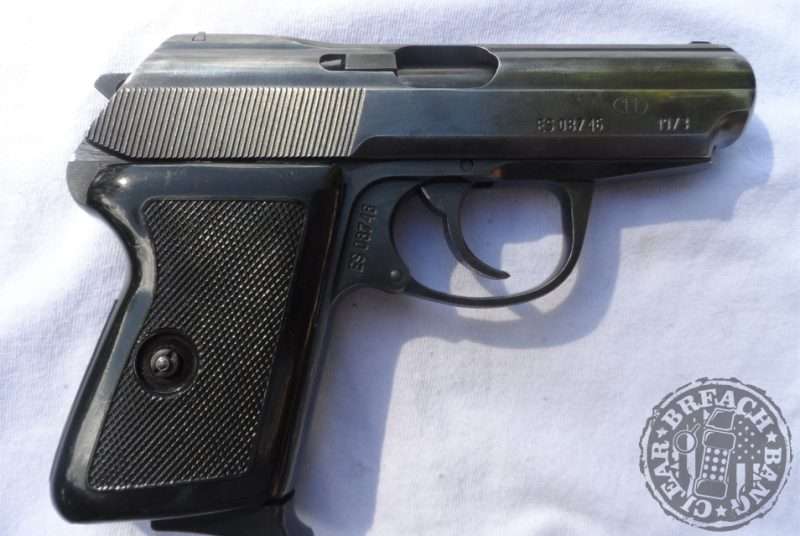
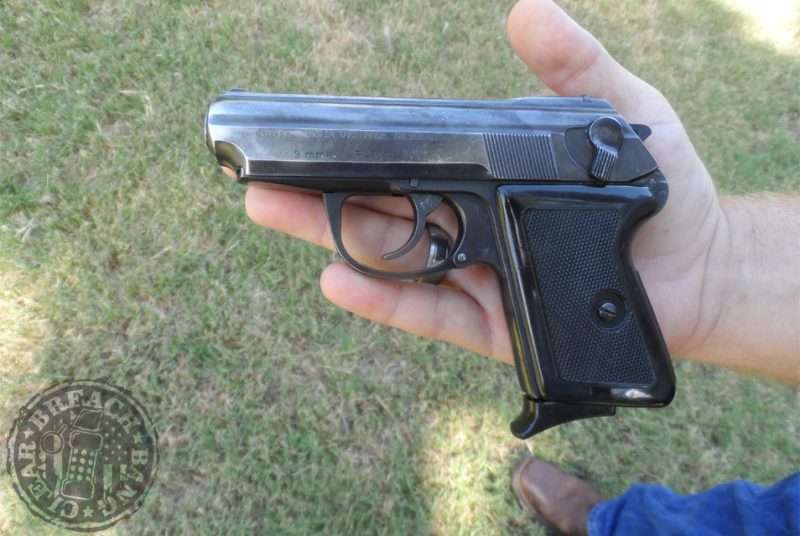
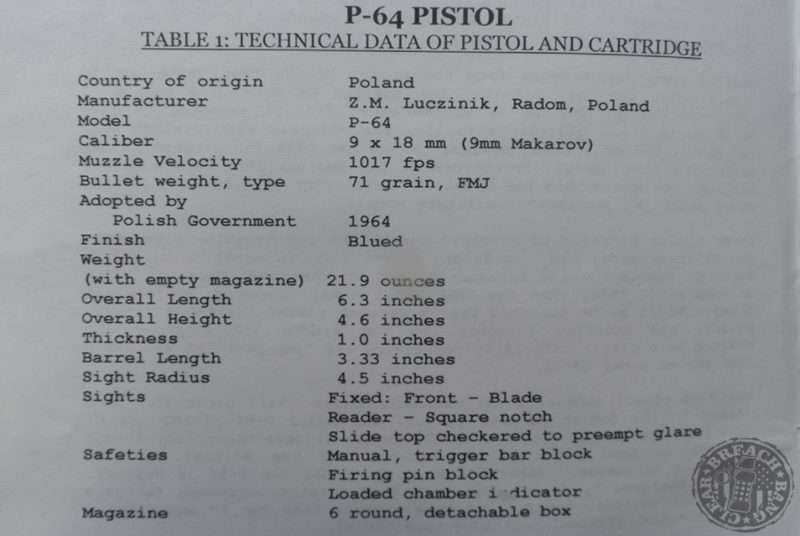
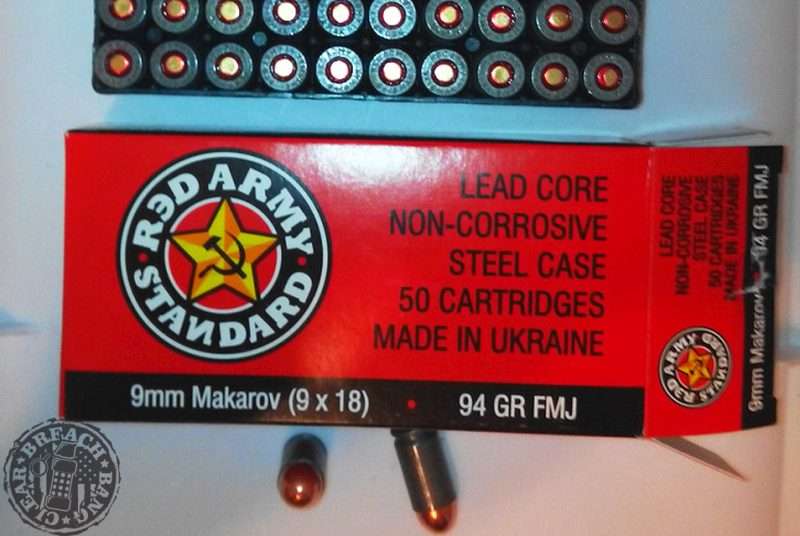
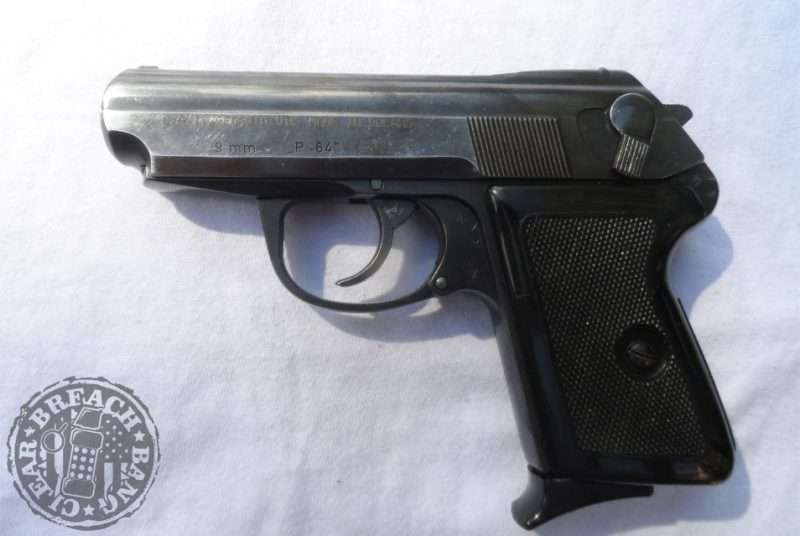
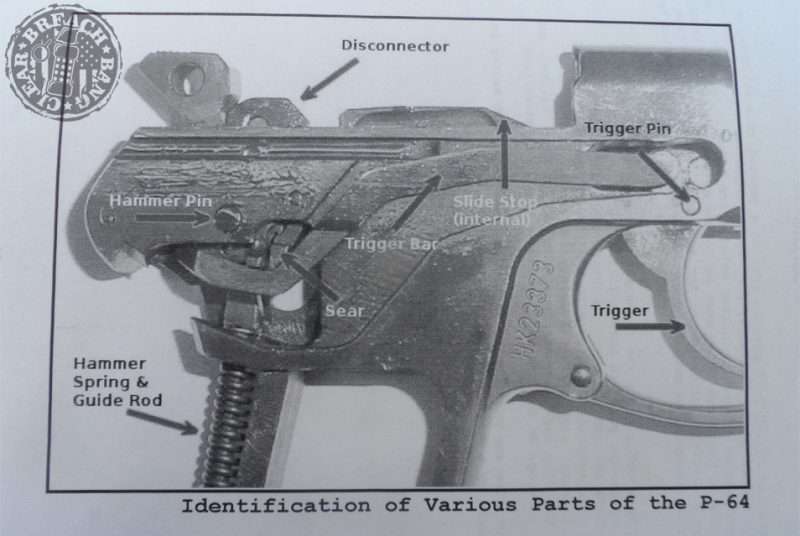

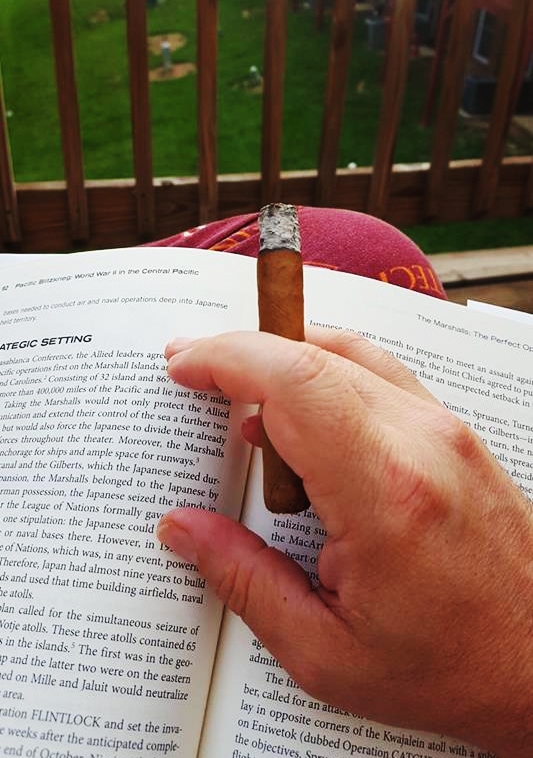
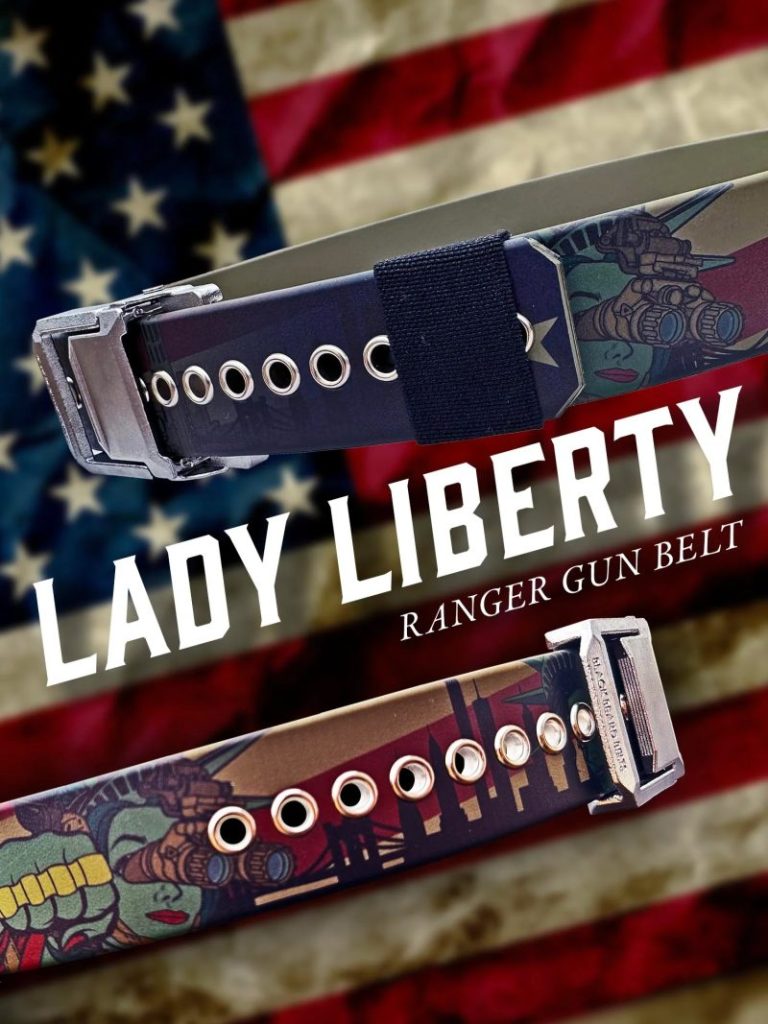
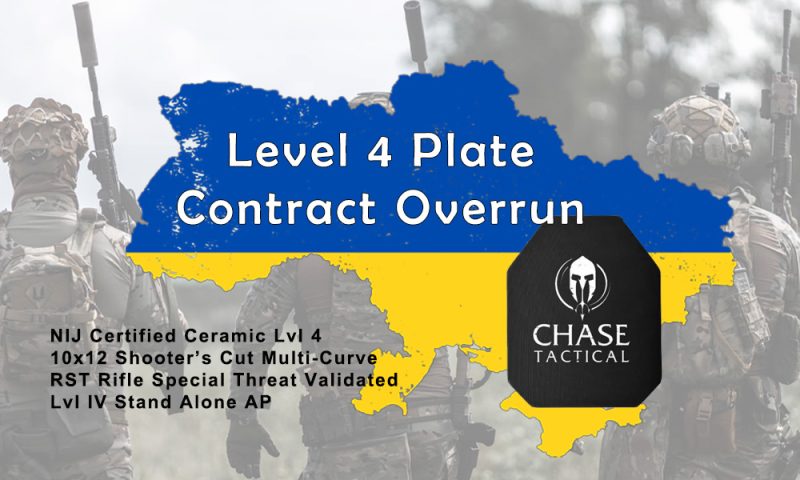




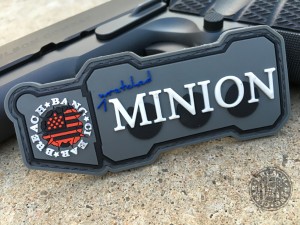
As a friend of Bucky’s I can attest to his love of the USA. I consider him a strict constitutionalist and a true patriot. Bucky’s gift is in his being able to share his vast military history knowledge in such compelling and captivating ways.
I have a C&R FFL, & picked up a P-64 a couple of years ago; mine’s a 1971. All the reviews I read told how horrible the sights were & how hideous the recoil of the little pistol. I found both to be untrue, for me at least–YMMV. For me, the recoil is entirely manageable, and it seems to point naturally. The sights are small, true, & can be difficult to see in low light.
I mostly use it for working around the property. I can put it in the back pocket of my overalls (or the bib pocket if I feel like it, as it’s small enough) & go about my endless tasks knowing I have a reliable pistol, firing a round that’ll stop any predators around here other than the human ones–& judicious marksmanship will generally take care of them, unless they’re resilient. I can’t complain about my P-64, especially for the price. I think J&B had it at $225 plus shipping. I didn’t get the holster & tool–would’ve like to have had them–but I did get an extra mag.
I’m presently running Hornady Custom 95-gr XTP, & like it very well.
Oh, I have a Tokarev as well, a Romanian TTC from 1954.
Good article!
Now give your impression of the CZ82/83, IMHO the best of the 9Maks.